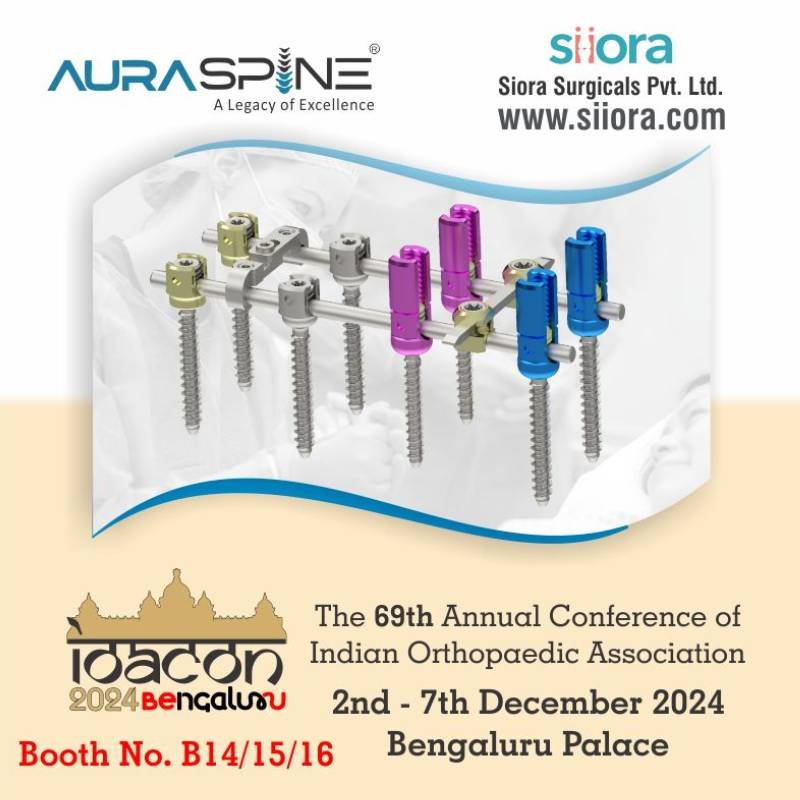The human body is complex a structure where bones provide the structural framework. However, even the strongest bones and most flexible joints can injure. Orthopedic trauma is a branch of medicine that deals specifically with musculoskeletal injuries, including bones, joints, muscles, tendons, ligaments, cartilage, and the nerves and blood vessels that supply these tissues.
This blog post will delve into the world of orthopedic trauma, exploring what it is, the different types of injuries it encompasses, the causes and symptoms, the treatment options available, and the prevention strategies. Let us start with the introduction.
What is Orthopedic Trauma?
Orthopedic trauma refers to injuries to the musculoskeletal system caused by an external force. These injuries can range from a simple sprain or strain to a complex fracture or dislocation. The force can be a sudden impact, such as a fall or car accident, or repetitive stress, as seen in overuse injuries from sports or certain jobs.
While not always life-threatening, orthopedic trauma can significantly impact a person’s mobility and quality of life. Pain, swelling, and difficulty using the affected limb are common symptoms. To ensure proper healing and prevent severe complications, timely treatment is necessary.
What Are the Types of Orthopedic Trauma?
The musculoskeletal system is intricate, and so too are the types of injuries it can sustain. Here’s a breakdown of some common orthopedic trauma:
Fractures
Fractures are the most common orthopedic conditions that are reported. They can be complete (bone breaks into two or more pieces) or incomplete (cracks in the bone). The severity of the fracture depends on the location, type of bone, and the force of the impact.
Dislocations
When a bone is forced out of its normal position at a joint, a dislocation occurs. This disrupts the joint’s stability and can damage surrounding ligaments and nerves.
Sprains and Strains
Sprains involve stretching or tearing of ligaments, the tough bands connecting bones at a joint. Strains are tears or pulls in muscles or tendons, the tissues that connect muscle to bone.
Soft Tissue Injuries
Muscles, tendons, and ligaments can also be injured without a fracture or dislocation. These injuries can range from mild soreness and stiffness to complete tears requiring surgery.
Sports Injuries
Athletes are particularly prone to orthopedic trauma due to the high-impact and repetitive nature of their activities. Common sports injuries include ligament tears (ACL tears), meniscus tears, and rotator cuff injuries.
Overuse Injuries
Repetitive stress on a particular joint or muscle can lead to overuse injuries like tendinitis (inflammation of a tendon) and bursitis (inflammation of a bursa, a fluid-filled sac near a joint).
What Causes Orthopedic Trauma?
A variety of factors can contribute to orthopedic trauma, including:
Falls
Falls are a leading cause of orthopedic trauma, especially in older adults and children.
Accidents
Car accidents, sports injuries, and work-related accidents are all common causes of trauma.
Violence
Blunt force trauma from assault or gunshot wounds can cause severe orthopedic injuries.
Overuse
Repetitive movements, especially with improper form, can lead to stress fractures, tendinitis, and other overuse injuries.
Osteoporosis
This bone-weakening disease makes fractures more likely, even from minor falls.
What Are the Symptoms Experienced During Orthopedic Trauma?
Early diagnosis and treatment of orthopedic trauma are crucial for optimal bone healing and preventing long-term complications. Some of the common symptoms that need to be addressed include:
Pain
Pain is the most common symptom of orthopedic trauma. The severity of pain can vary depending on the type and severity of the injury.
Swelling
Inflammation and fluid buildup around the injured area are common signs of trauma.
Bruising
Discoloration of the skin due to bleeding beneath the surface can indicate a deeper injury.
Deformity
In some cases, the injured area may appear visibly deformed or out of shape.
Loss of function
Difficulty moving or using the affected limb is a telltale sign of orthopedic trauma.
Numbness or tingling
Damage to nerves can cause numbness or tingling in the affected area.
If you experience any of these symptoms after an injury, especially after a fall, accident, or forceful blow, consult a healthcare professional immediately.
What Treatment Options Are Available for Orthopedic Trauma?
Treatment for orthopedic trauma depends on the type and severity of the injury. Here are the available treatment options:
Immobilization
Splints, casts, or braces may be used to immobilize the injured area and promote healing.
Medication
Pain relievers, anti-inflammatory drugs, and medications to reduce muscle spasms may be prescribed.
Physical therapy
Rehabilitation exercises can help restore strength, flexibility, and range of motion in the affected area.
How to Prevent Orthopedic Trauma?
While some orthopedic injuries are unavoidable, there are steps you can take to reduce your risk:
Maintain good bone health
Eat a calcium-rich diet, get enough vitamin D, and engage in weight-bearing exercises to keep your bones strong.
Strengthen your muscles
Strong muscles help to support your joints and reduce your risk of injury.
Warm up before exercise
Warming up properly before physical activity can help to prevent muscle strains and other soft tissue injuries.
Wear protective gear
When participating in sports or activities that carry a risk of falls, wear appropriate protective gear such as helmets, pads, or braces.
Improve your balance
Balance exercises can help to reduce your risk of falls, especially as you age.
About Siora
Siora is a world leader in manufacturing and supplying a CE-certified range of orthopedic implants and instruments. Being in this business for over 30 years, Siora has extended its reach globally. It currently serves around 130 national and international distributors and orthopedic surgeons. Having a technologically advanced manufacturing facility, Siora also enjoys being one of the best OEM service providers in the world. It maintains a huge product inventory that holds hundreds of trauma implants under 20+ orthopedic implant categories. Siora is known for staying updated about recent developments in the industry and implementing them accordingly into its production.
The company keeps looking for opportunities to expand its international market reach. It is now working hard to establish its presence as a trustworthy supplier for orthopedic implants in Malaysia. Besides this, Siora is also finding opportunities to make distributors and supply orthopedic implants in Thailand.







